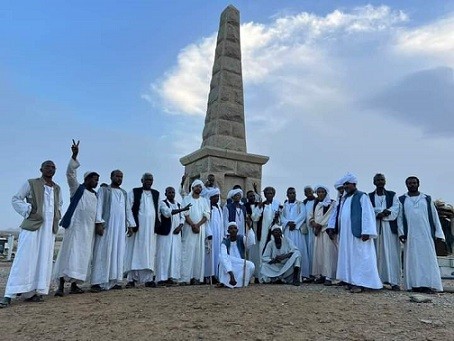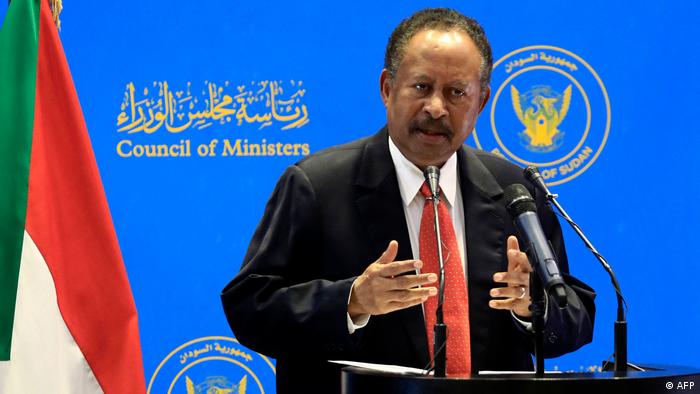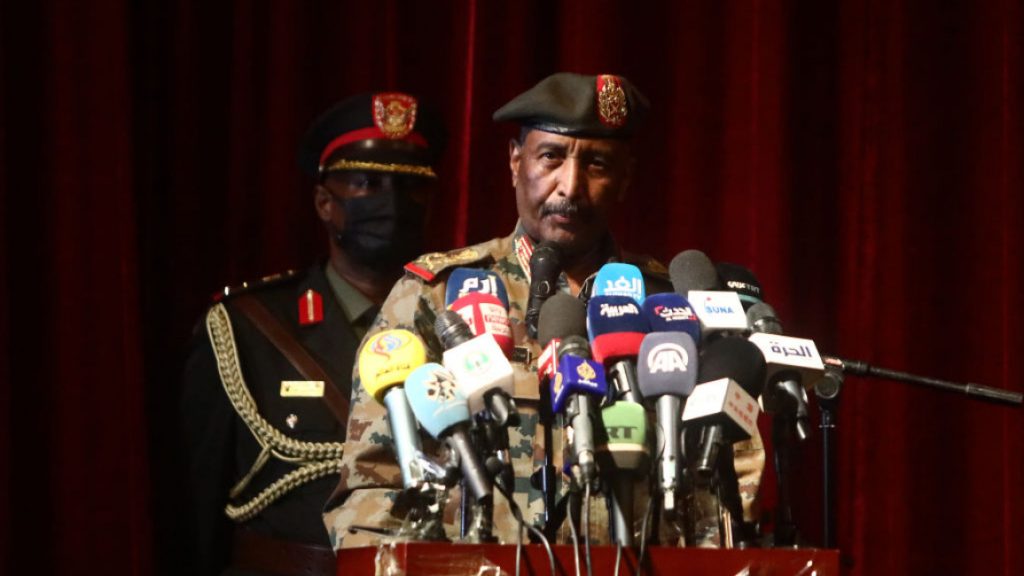The drift of Khartoum junta regime away from democracy stimulates minorities in the East of Sudan to fight for self-determination.
Disputes within the High Council of Beja Nazirs and Independent Chieftains seem to have led to a definite split as a group opposed to Beja Nazir ( a state-appointed administrative chief of a tribe). A group opposed to The High Council’s leader Sayed Tirik announced the formation of committees to prepare for the right to self-determination, according to the stipulations of the Sinkat conference. It recommends a unification of the three eastern Sudan states (Red Sea state, Kassala, and El Gedaref) into one region, “according to historical geographical boundaries”. The region has the “fundamental human right to self-determination”, the memorandum states. The eastern Sudanese leaders further demand the immediate cessation of all residential and agricultural schemes and land approvals, as well as a stop to all mining operations until the foundations are laid that serve the interests of the people in the region.
The Beja are a confederation of tribes united by a common language, TuBedawiye, a Cushitic idiom, and a common segmentary structure, where each lineage is linked to a common ownership and use of land. The Beja have retained a distinct culture and their own language despite having mixed for centuries with Arabs who migrated to their region. The three main groups making up the Beja are the Bishariyyn, the Amara, and the Hadendawa.
Beja of the deserts of eastern Sudan and arid mountains of the Red Sea Hills are among the country’s longest established peoples, having been resident for over 4,000 years. They number approximately 2.2 million and extend into Egypt and Eritrea. They inhabit large areas of Sudan between the Egyptian border, Eritrea and the River Setit, and from the Red Sea coast to the River Atbara and the Nile. The region also includes 5 rivers, and more than three and a half million hectares of agricultural land.
There is a continuous escalation in eastern Sudan, between the central government in Khartoum and the Beja tribes, that threaten to declare a separate state if their demands will not be implemented.
On October 4, 2021, the leader of the Beja Supreme Council and the Independent Amauds, Major General Othman al-Baquer, vowed that the council was in the process of declaring a “Beja state” independent of Sudan.
Beja have traditionally followed a nomadic way of life, mostly as camel herders.
In the early 1990s the government apportioned the most fertile Beja land along the Gash River among outside loyalists, adding to Beja grievances.
The Beja National Congress (BNC) was in fact established in 1958 to fight politically against the peripheral position of this major eastern tribe within Sudan. In 1993 the BNC became a member of the National Democratic Alliance (NDA), a group of opposition parties based in Asmara committed to overthrowing the ruling National Islamic Front (NIF).
In 1995 the Beja Congress began to embrace military resistance and received help from Eritrea. The goal was seeking redress for those grievances and not secession.
The east remains one of the poorest areas of Sudan, with illiteracy rates running between 50 and 90 per cent. Local leaders have long expressed their concerns that the government deliberately neglected the east and its mainly non-Arabic-speaking people through a shortage of public services, lack of schools and health care, and a dismal job market.
Head of the Hadendowa clan and Chairman of the Beja Council Sayed Tirik said during his closing speech that eastern Sudan has been marginalised and has been suffering from injustices since Sudan became independent in 1956. So, the crisis in eastern Sudan is not the result of the current moment, but rather extends since the establishment of the republic itself, when demanding regional rule, then establishing the Beja Conference, which called for armed struggle in 1964, leading to the formation of the Eastern Front during the era of the former regime.
The conference held in Sinkat is not the first attempt to challenge the eastern Sudan track accord, that was signed in Juba in February 2022 by the Sudanese government and the Sudan Revolutionary Front (SRF) rebel alliance as part of the comprehensive peace agreement for Sudan.
Disputes within the High Council of Beja Nazirs and Independent Chieftains, of which Sayed Tirik is the president, have taken place in the past as well, but now seem to have led to a proper split.
A group that calls itself the High Leadership Authority of the High Council of Beja Nazirs and Independent Chieftains, led by the council’s spokesperson Abdallah Obshar, held meetings in the Tamai area in Red Sea state over two days, which concluded by rejecting Tirik’s decisions to restructure the Beja Nazirs Council by adding new secretariats.
Disputes between the leaders of the Beja Nazirs Council became publicly apparent after a sit-in was held in front of the offices of the Red Sea government, which ended with the resignation of Governor Ali Adarob on June 7 this year. This was not accepted by Sayed Tirik, who then also resigned from his position.
Tirik cited “conspiracies, intrigues, mutual accusations within the Council, and deviation of the Council from its natural course” as reasons for his resignation.
The council decided to freeze his resignation and to hold a meeting to restructure the council. During the subsequent meetings, Tirik was re-elected as the head of the restructured Beja Nazirs Council.
At a stormy conference in June in Arkawit, Red Sea state, it was decided to suspend the work of the High Council of Beja Nazirs until a conference would be held that would define the structures of the new council, but influential leaders in the council rushed to announce that they refused to recognise the decisions issued in Arkawit.
They accused Vice-Chairman of the Sovereignty Council Mohamed ‘Hemeti’ Dagalo of being behind the division of the Beja clans.







